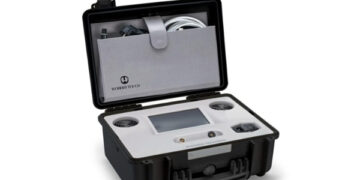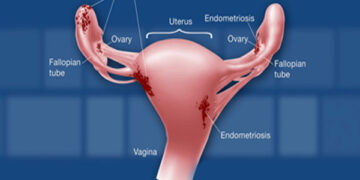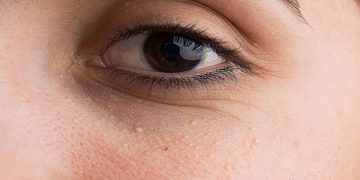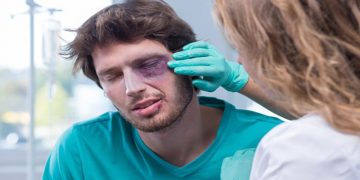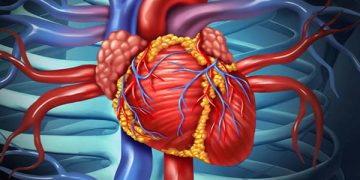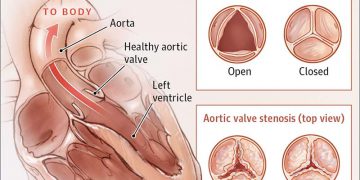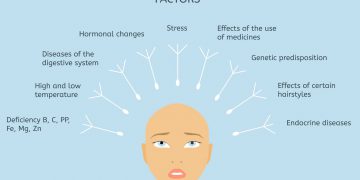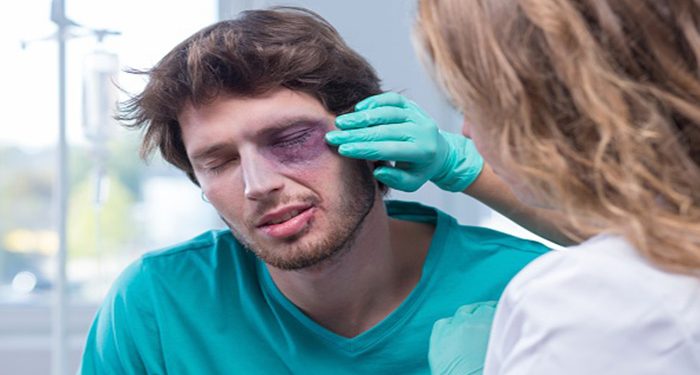A degloved face injury is a severe traumatic injury that occurs when a large piece of skin and the layer of soft tissue beneath it gets partially or completely ripped away. This type of injury is often associated with traumatic events such as car accidents, incidents involving heavy machinery, and interpersonal violence. While a degloving injury can be terrifying to witness, it is important to remember that with proper treatment and support, most individuals will make a full recovery. In this article, we will explore the causes, types, diagnosis, and treatment options for degloved face injuries.
What is Degloved Face Injury?
A degloving injury is a severe facial trauma that occurs when the skin and underlying tissues are forcibly separated or stripped, exposing bones and muscle. This traumatic event can be caused by a variety of high-impact accidents, including vehicular accidents, workplace mishaps, sports injuries, and violent assaults.
Degloving injuries can affect any body part that has a covering of skin, but are more common in the hands and legs. Depending on the severity of the accident, this condition can lead to significant long-term complications. This is why it is important for people to seek medical attention immediately after suffering from this injury.
Causes of Degloved Face Injuries
Facial degloving injuries occur when the top layers of skin and tissue are forcibly ripped from the underlying muscles, fascia, and bone. This traumatic injury can occur in the mouth, head, and other areas of the face, and is typically caused by high-impact accidents such as car accidents, falls, workplace accidents, contact with machinery, or violent assaults. The most severe cases of facial degloving can be life-threatening, causing severe blood loss and the exposure of vital nerves.
Degloved face injuries can result from various traumatic events. While car accidents and incidents involving heavy machinery are common causes, there are several other potential causes, including motorcycle accidents, sports mishaps, animal bites, falls from heights, and construction accidents.
Types of Degloved Face Injuries
There are two main types of degloved face injuries: open degloving injuries and closed degloving injuries.
Open Degloving Injuries
Open degloving injuries occur when the skin and tissue are ripped away, exposing the muscles and bones underneath. In some cases, the skin may still be partially attached and hanging as a flap near the wound. Open degloving injuries are commonly seen in the legs, torso, scalp, and face. They are often caused by traffic accidents, accidents with industrial or farm equipment, falls from heights, sports injuries, and animal bites.
Closed Degloving Injuries
Closed degloving injuries occur when the top layer of skin remains intact but has been separated from the tissue underneath. These injuries may involve a force that separates the top layer of skin and tissue from deeper tissues, creating a space under the skin called Morel-Lavallee lesions. Closed degloving injuries are commonly seen in areas such as the top of the hip bone (greater trochanter), torso, buttocks, lower spine, shoulder blades, and knees.
Read More – What is Örviri
Diagnosis of Degloved Face Injuries
Diagnosing degloved face injuries requires a careful medical examination and a history of the injury. However, determining the extent of the injury can be challenging, as visually assessing the degloved skin may not reveal the full extent of the damage. Skin viability analysis is also difficult when relying on subjective criteria such as bleeding, skin color, temperature, and pressure reaction. Open degloving injuries, with exposed muscle and bone, are generally easier to diagnose than closed degloving injuries, where the detachment of the top layer of skin may not be obvious.
Treatment of Degloved Face Injuries
The degloving injury recovery process can be lengthy, and will depend on the extent of the damage to the face and underlying structures. The initial assessment of the damage will often be based on visual examination, but may require additional diagnostic imaging techniques to understand the full scope of the injury. It is also important for those who have undergone a degloving injury to focus on emotional healing and the development of healthy coping strategies.
The treatment options for degloved face injuries depend on the severity, location, and presence of broken bones. Treatment for open degloving injuries may include replantation or revascularization of the degloved skin, reconstructive surgeries, reattachment of fingers or toes, and skin grafts or flaps. In less serious cases, a combination of compression bandages and physical therapy may be sufficient. For more severe cases, treatment options may include draining accumulated fluid from the lesion, removal of dead tissues, and sclerotherapy, which involves injecting medication into blood vessels to shrink them.
Read More – Sushi Vs Sashimi vs Nigiri
Reconstructive surgery
Reconstructive surgery is a pivotal component of the degloved face recovery process, and is designed to shield the exposed bone, tendons, cartilage, and muscle. This is accomplished by using skin grafts, tissue expansion, or microsurgery. Individuals should seek a multidisciplinary team of specialists to ensure the best possible results for their unique situation. This team should consist of plastic surgeons, oral and maxillofacial surgeons, and otolaryngologists.
Injuries involving the head and face are incredibly complex, and a specialized team of medical professionals is crucial for ensuring optimal outcomes. While the recovery process can be challenging, it is crucial for individuals to seek help from loved ones, community resources, and counseling services.
Facial Degloving Injury: A Complex Reconstructive Challenge
A facial degloving injury presents a unique and complex reconstructive challenge. It requires a staged approach to achieve optimal cosmetic and functional outcomes. The key elements of treatment include appropriate airway maintenance, radical debridement, and layered and proper alignment of tissues to their respective positions. Plastic surgeons often perform controlled facial degloving as part of reconstructive surgeries of the face.
Read More – Best Psychiatrist In Dubai
Conclusion
Degloved face injuries are severe traumatic injuries that can result from various causes. It is important to diagnose and treat these injuries promptly to minimize complications and optimize outcomes. If you or someone you know experiences a degloved face injury, seek medical attention immediately. The treatment options may vary depending on the severity and location of the injury, and may involve surgical procedures, skin grafts, and physical therapy. By following appropriate medical care, individuals can achieve the best possible recovery and regain both cosmetic and functional aspects of their face.
Follow – https://healthhuff.com for More Updates




